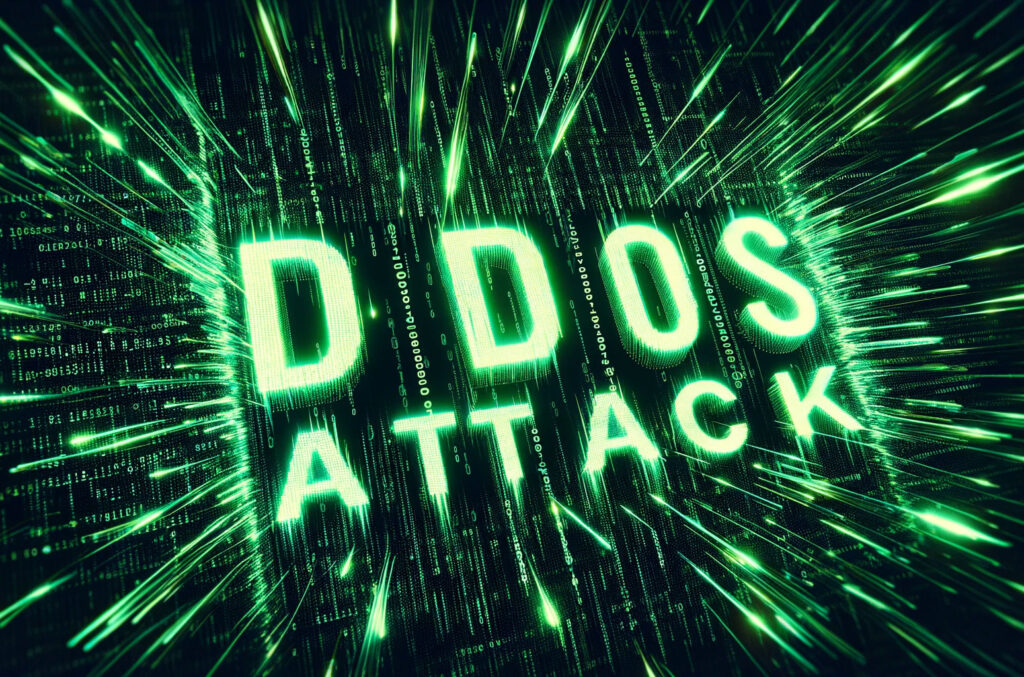Cybersecurity has become a critical priority for organizations of all sizes, and pentesting remains a critical tool for assessing and strengthening their defenses. As cyberattacks evolve in sophistication and scope, the field of pentesting is also adapting, incorporating new technologies and approaches to stay at the forefront of the fight against digital threats.
Intelligent Automation: Artificial intelligence and machine learning are transforming pentesting, enabling the automation of repetitive tasks and the analysis of large volumes of data for patterns and anomalies. Tools such as Cobalt.io and Detectify leverage AI to streamline penetration testing and improve the efficiency of security teams.
Continuous Pentesting: Rather than conducting penetration testing in isolation and on a periodic basis, many organizations are adopting a continuous pentesting approach, where security assessments are conducted on an ongoing, automated basis. Platforms such as HackerOne and Bugcrowd facilitate collaboration with external security researchers to proactively identify vulnerabilities.
Focus on the Cloud: As more companies migrate their infrastructure and applications to the cloud, pentesting has adapted to address the unique challenges of these environments. Tools such as CloudSploit and Prowler specialize in assessing cloud security, identifying misconfigurations and vulnerabilities in platforms such as AWS, Azure and Google Cloud.
Adversary Simulation: To anticipate the tactics of sophisticated attackers, many organizations are adopting adversary simulation, where teams of security experts simulate realistic attacks to test enterprise defenses. Platforms such as AttackIQ and SafeBreach allow organizations to assess their ability to respond to advanced and persistent threats.
The Future of Pentesting: As technology advances, pentesting will continue to evolve to address new challenges and threats. The integration of AI and machine learning, cloud focus and adversary simulation are just a few of the trends that are shaping the future of this critical discipline.
Staying ahead of the curve: To effectively protect against ever-evolving cyber threats, organizations must take a proactive approach to security, including conducting regular penetration testing and adopting new technologies and approaches. Pentesting remains an indispensable tool for assessing and strengthening any organization's defenses in the digital age.




